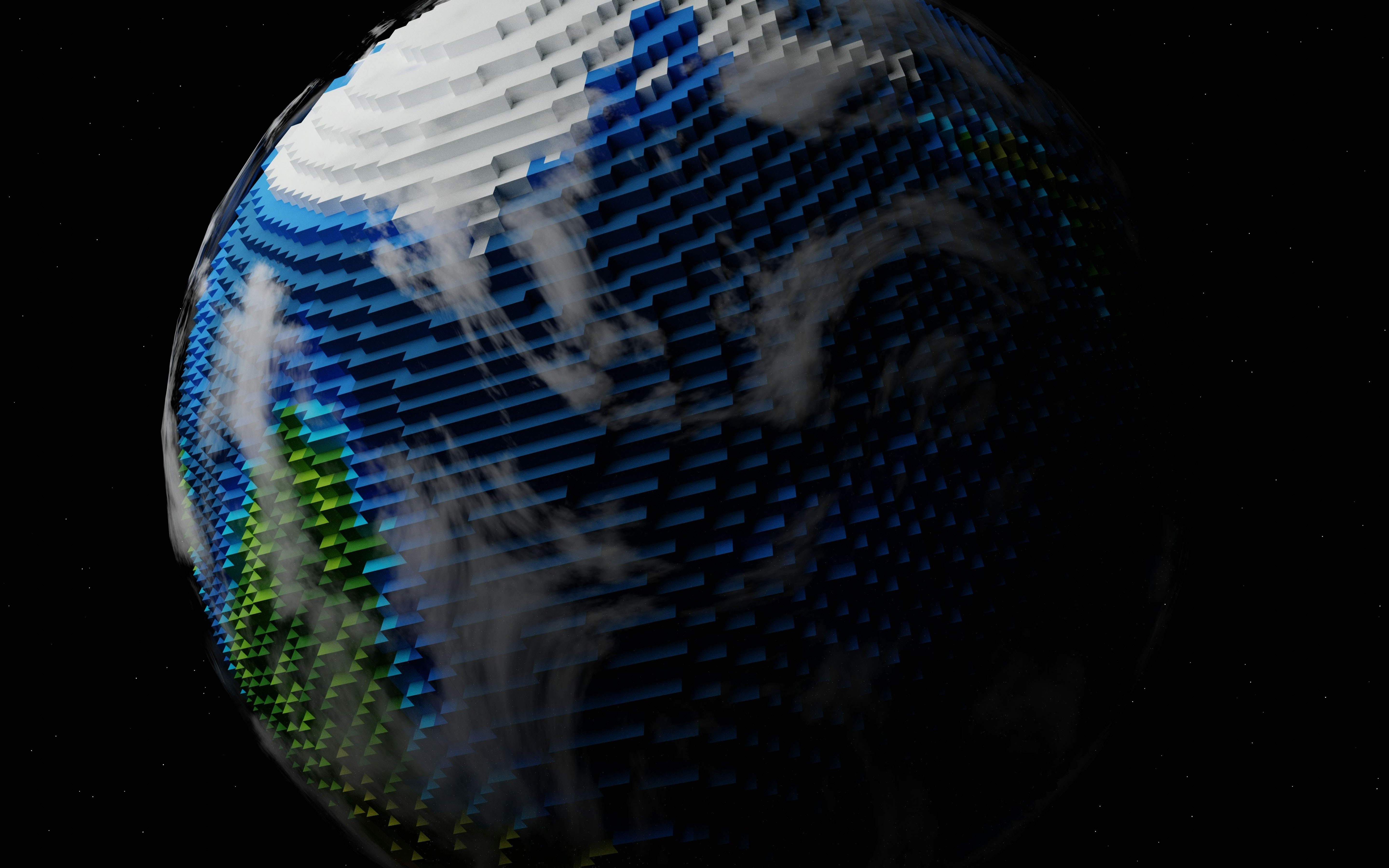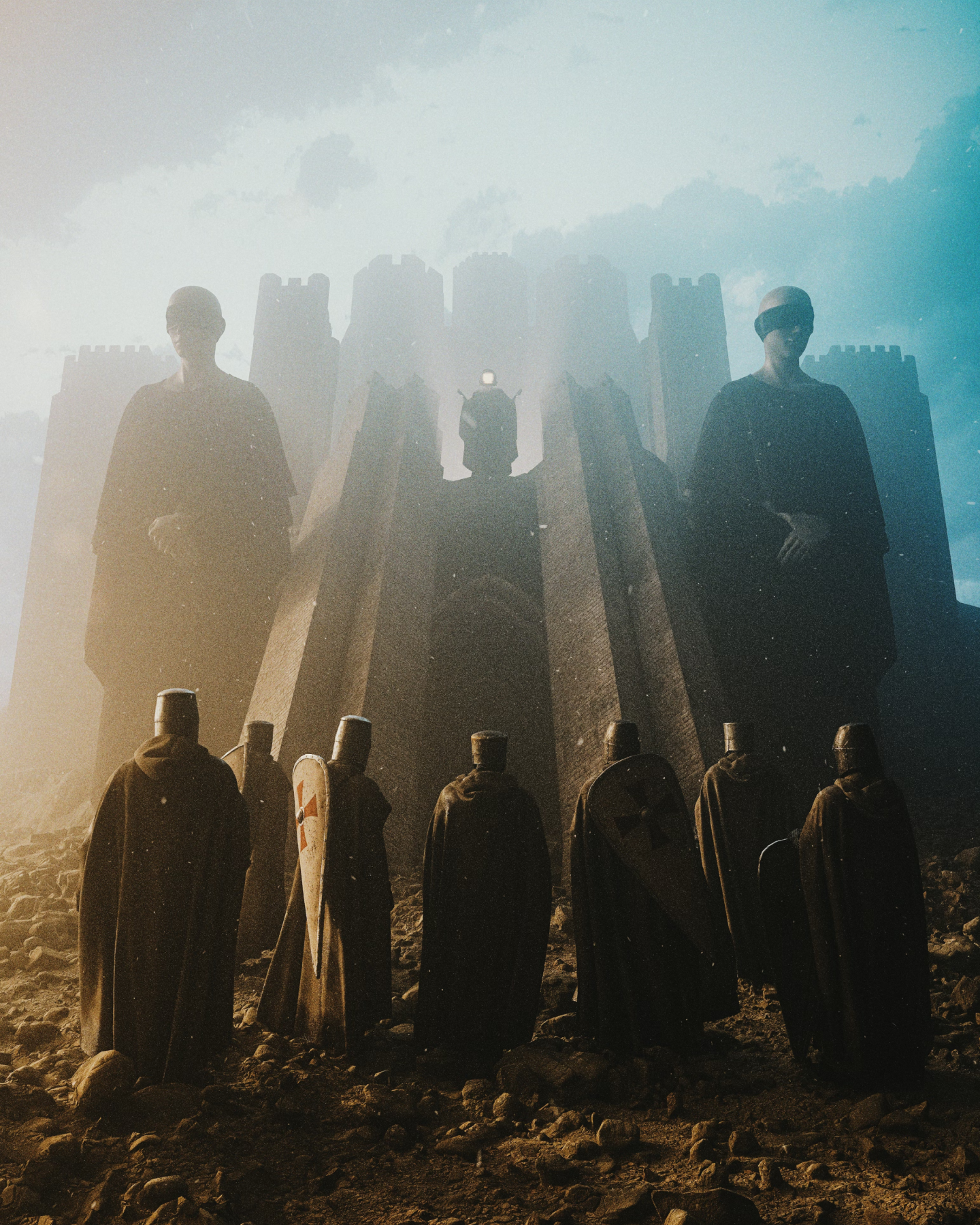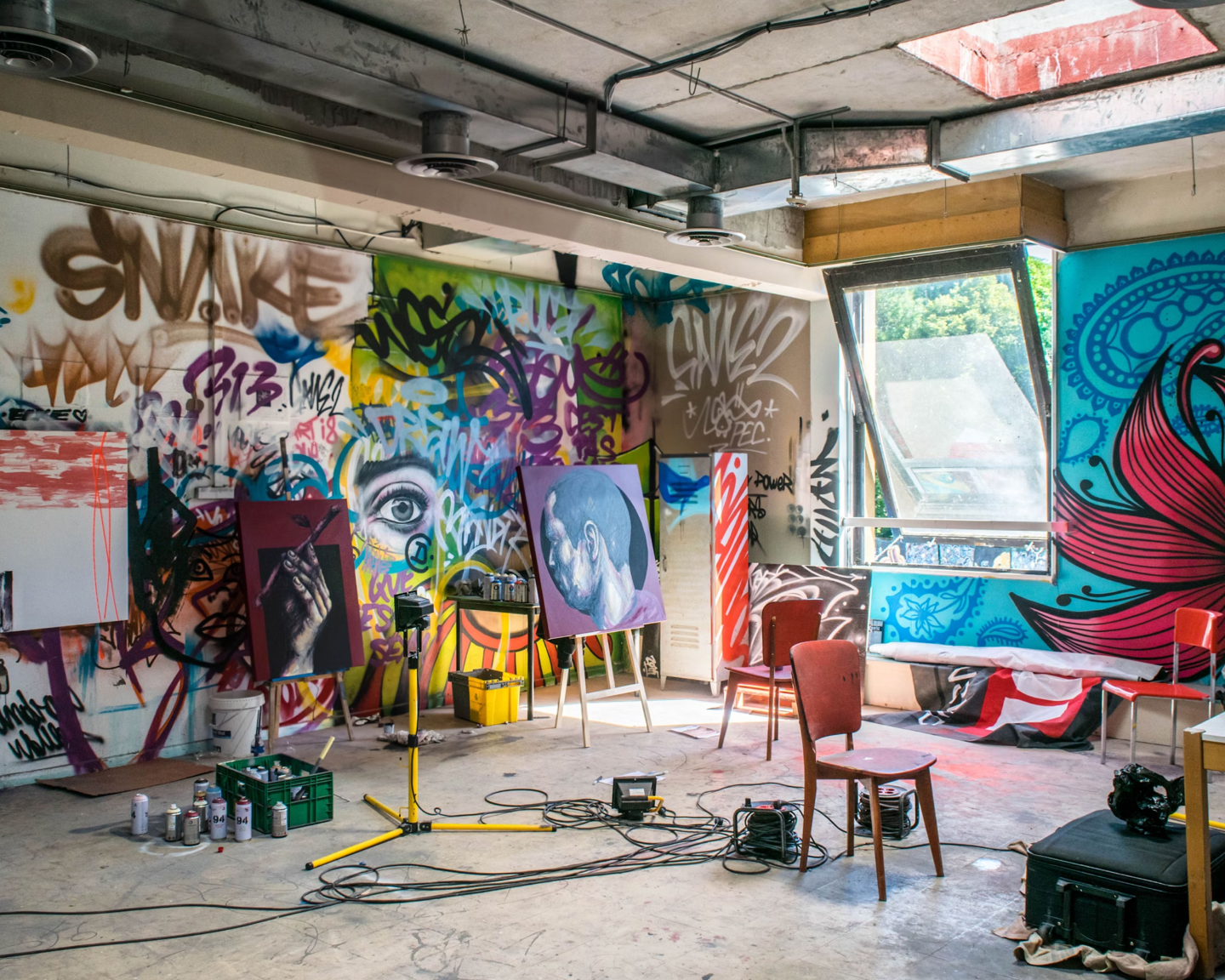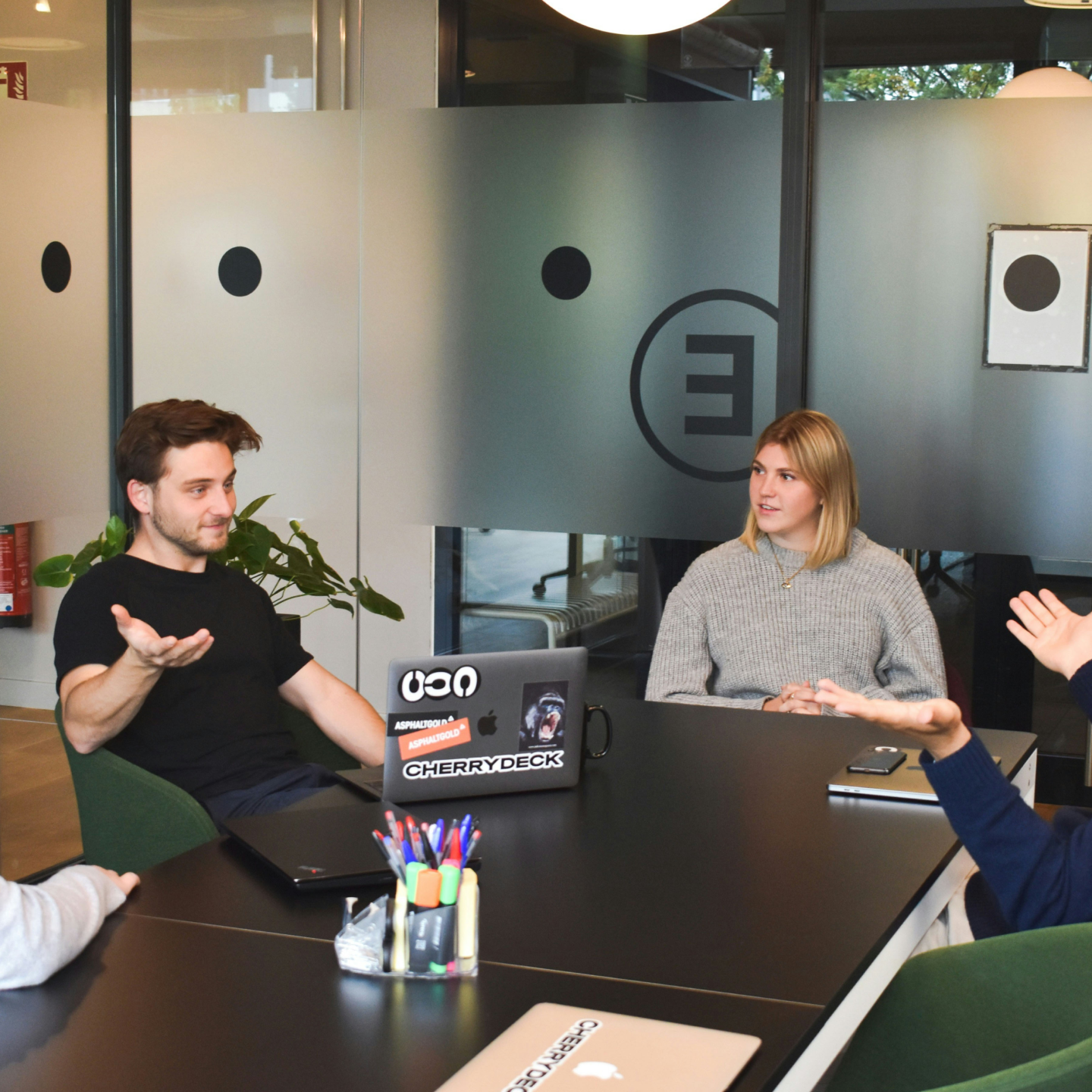Design isn’t magic. It’s not a stroke of genius that happens in a vacuum or a mysterious talent only a few possess. For us, design is a discipline. A process. A way of thinking deeply about problems, people, and possibilities. It's about crafting something with intention — something that not only looks good but works well, feels right, and solves the right problem.
At our studio, “designing with purpose” is more than a tagline. It’s the foundation of how we approach every project, from a brand refresh for a local nonprofit to a complete product redesign for a scaling startup. Our process is a blend of structure and intuition — equal parts methodical and creative. This post walks you through that journey.
1. It Starts With Listening
Every project begins with listening. We don’t open design tools right away. Instead, we immerse ourselves in the client's world. We ask a lot of questions — sometimes ones that haven’t been asked before. Who are you serving? What’s broken today? What do you dream about creating? What are your users saying? What are they not saying?
This discovery phase is often the most critical. We meet with stakeholders, review user data, conduct interviews, and gather inputs that give us a broad and deep picture of the problem landscape. When we listen well, we don’t just hear the answers — we start to uncover the underlying needs, fears, and motivations.
2. Define the Real Problem
Designers are often problem-solvers by nature. But a trap we all face is solving the wrong problem. That’s why once we collect inputs, we slow down and clarify the problem. What are we really trying to fix? Is it a usability issue or a positioning issue? Are users frustrated because something doesn’t work — or because they don’t understand it?
This stage is where strategy meets empathy. We synthesize everything we’ve learned into a clear problem statement — often a simple sentence that anchors the entire team. From here, we set goals: outcomes we want to achieve, not just outputs we want to produce.
3. Co-Create, Don’t Isolate
Design is not a solo sport. It thrives in collaboration. Once we define the direction, we open up the floor — designers, strategists, developers, and sometimes even clients — to ideate together. This is where we sketch freely, prototype early, and challenge assumptions.
We believe in showing rough ideas quickly. The sooner we visualize a concept, the sooner we can test it. In many cases, our best ideas come from unexpected places — a note from a customer service rep, an insight from engineering, a comment from a non-designer in the room. That’s why we value open dialogue and egoless creativity.
4. Iterate With Feedback, Not Perfectionism
One of the most dangerous mindsets in design is waiting until something is “perfect” before sharing it. In our process, we welcome feedback early and often. Whether it’s a lo-fi wireframe or a polished prototype, we believe every iteration should be an opportunity to learn.
We test with users. We present to stakeholders. We tweak based on real reactions, not internal assumptions. And as the work evolves, we always circle back to the problem we defined. Are we moving closer to a solution that makes people’s lives better? Are we answering the brief — or getting distracted by aesthetics?
5. Deliver With Clarity and Care
When it's time to ship, we ensure that what we hand over is usable, scalable, and well-documented. But delivery doesn’t mean the relationship ends. We support implementation, monitor how things perform, and stay open to refinement.
Design handoff is not just a transfer of files — it's a transition of ownership. We want our clients and partners to feel confident managing what we’ve created together. So we provide training, style guides, walkthroughs, and support that empower teams to keep moving forward.
6. Reflect, Refine, Repeat
The last step in our process is one many teams skip: reflection. After a project goes live, we conduct retrospectives. What worked well? What surprised us? What would we do differently next time?
This culture of reflection ensures we keep learning and improving as a team. It also reinforces our belief that design is never done — it’s a living, evolving process. And every project is a chance to get better.
Designing With Purpose Isn’t a Buzzword — It’s a Responsibility
We live in a world filled with noise, distraction, and over-engineered experiences. Designing with purpose is our quiet rebellion. It means choosing substance over style. It means serving users, not impressing other designers. And it means doing the hard work of asking why, over and over again, until we find what really matters.
Our process isn’t fast, and it’s not always easy. But it’s what helps us build trust with our clients, create real value for users, and feel proud of the work we ship.
Because in the end, good design isn’t just about how something looks — it’s about how it works, how it feels, and most of all, why it exists.





